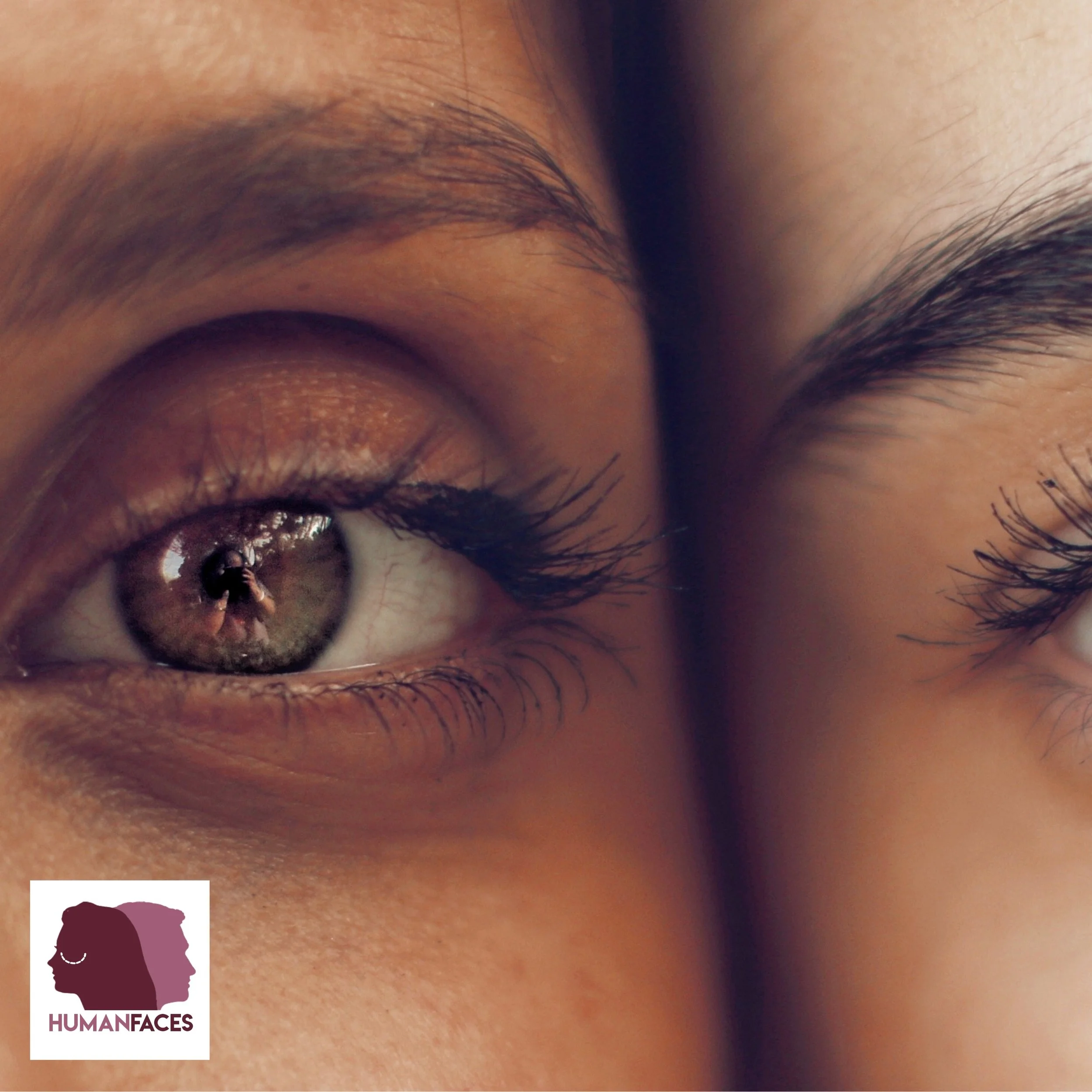What do you see in my face?
Does the evolutionary basis for how we judge faces mean we’re doomed to be biased?
When we offer patients facial surgery, they often ask ‘Is the surgery to help with aesthetics or function’? I almost always say both because the function of the face is aesthetics. I don’t just mean to make us look beautiful. Our face makes us belong. Your face tells the world so much about you- from your ethnicity to your age and gender. You can’t deny these are important characteristics that you judge when you meet someone for the first time.
Most importantly we use our face to self-identify. That is to say your face is how your friends and colleagues recognise you. That’s how they know who they are talking to. That’s how they find you in the sea of people when they need you. You think your name identifies you but so does your face.
This is never more obvious than when you meet someone you think is familiar, but you just can’t place them. Or when you find a doppelgänger - someone who looks similar to someone else you know. It’s striking because we accept that each of our faces is unique. We think our faces are as unique as our fingerprint. This very fact is used in security technology. This used to be in science fiction but now it’s popularised in the latest iPhone X. In fact, in some countries facial recognition software is used alongside CCTV to allow the security services to locate an individual anywhere in the country.
Putting all the controversies of facial recognition technology aside, how are we identifying each other from our faces? Failure to identify individuals across ethnicities is well known. This was first reported by Feingold in 1914. He showed that to the uninitiated, individuals of another race ‘all look the same’. This has led to concerns around racial profiling when victims are asked to identify suspects of different races (Wells and Olsen 2001). This is known as the ‘cross-race effect’.
Some believe that this effect comes from the ‘in-group favouritism’ (Taylor and Doria 1981). This is a social pattern whereby a number of people form a society based on common traits, physical or behavioural. Over time, these traits come to identify the group and are further emphasised by members and stereotyped by outsiders. Historically, these behavioural patterns have driven the formation of social groups. These groups formed societies whose growth and activities mapped out civilisation as we know it.
Within communities, people are more likely to help and support each other. In fact, studies have shown that altruistic behaviour is evolutionarily promoted but only towards others you consider as being in your group. On a purely evolutionary basis, this would be how genes of one group are promoted over others (Madsen et al 2007, Stewart-Williams 2007). There is much biological effort dedicated towards promoting altruism including release of endorphins and reinforced memory retention. This is clearly a behavioural trait which has been selected for by evolution. Knowing all of this, we can choose who we identify as in our group. We need to look at everyone as a fellow human. Instead of tribalism, we should consider humankind as ourgroup. So, when you look at someone’s face, what judgements are you making?
Hugenberg (2007) carried out an interesting experiment to help address this question. They carried out the same cross-race recognition experiment. This time they informed the participants of the cross-race effect before the experiment. Participants became aware of their probable deficiency in recognising persons of another race. Their results showed an improved ability of participants to identify persons of the opposite race. So, the solution may not be impossible. Maybe all it takes is for us to recognise and be honest about our biases. This way we can use our intellect and skill to try and overcome them.





